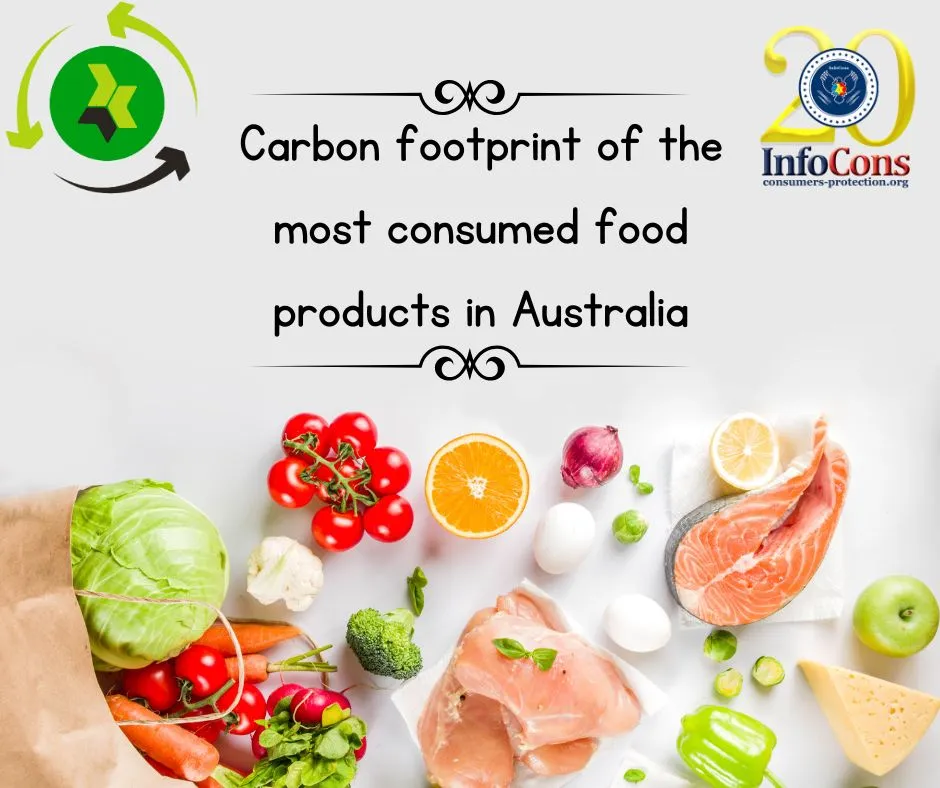Australia, the last continent analyzed in the series of top 10 foods consumed per capita per year, has a very similar ranking to Europe and North America, as you can conclude from the table below. The ranking of these foods has been established using Food and Agriculture Organisation (FAO) data from 2018, as follows:
- Milk – 194 kg/person/year
- Wheat – 76.2 kg/person/year
- Potatoes – 43.6 kg/person/year
- Chicken meat – 43.2 kg/person/year
- Sugar – 35.8 kg/person/year
- Fish and seafood – 26.8 kg/person/year
- Beef – 25.5 kg/person/year
- Pork – 24.7 kg/person/year
- Sweeteners – 21.3 kg/person/year
- Tomatoes – 17.7 kg/person/year
Read also: A new sweetener has been approved by the European Union
We note that Australia and North America are the only continents with all types of meat in the top 10 favourite foods. As we have mentioned in many of our articles, beef stands out visibly from other foods in terms of carbon footprint, with emissions of 1088.8 kg CO2e/person/year for Australia. However, the biggest consumers of beef remain Americans. After beef, the food with the next highest carbon footprint/person/year is milk (289 kg CO2e), consumed more often than Europeans and less compared to North America. The remaining meat types emit the following amounts of CO2e: chicken (236.3 kg CO2e), pork (230.9 kg CO2e) and fish (135.3 kg CO2e). Also similar to North America, Australia consumes both sugar and artificial sweeteners among the top 10 foods. Although sugar’s footprint is higher due to the higher quantities consumed (26.8 kg CO2e/person/year vs. 17.8 kg CO2e/person/year), artificial sweeteners are more harmful to the environment, with a higher carbon footprint than sugar due to the processing of the raw material from which they are made and the synthetic residues that end up in the water cycle. Wheat (55.6 kg CO2e/person/year), potatoes (25.7 kg CO2e/person/year) and tomatoes (10.9 kg CO2e/person/year) are also top foods in each continent’s ranking, while also being low-emission products.
In calculating the carbon footprint, we used the Ademe database.
Grama Teodora, Econos

